Introduction
The art of preparing traditional Chinese cuisine often involves intricate steps and techniques that have been handed down through generations. Among the myriad of dishes that embody China’s culinary heritage, zongzi—a sticky rice dumpling wrapped in bamboo leaves and often filled with sweet or savory ingredients—stands out as a symbol of the Dragon Boat Festival. This festive food item is not only delicious but also steeped in cultural significance, commemorating the poet Qu Yuan.
When it comes to boiling zongzi, the cooking method can vary depending on the region and family tradition. However, one common denominator across many households is the use of gas stoves for this task. Gas stoves provide a consistent and controllable heat source, making them ideal for boiling large batches of zongzi. But how long does it take to boil zongzi using gas, and what factors influence the cooking time? This article delves into the intricacies of boiling zongzi, offering insights into the process, tips for achieving perfect results, and the science behind the cooking time.
Understanding Zongzi
Before discussing the boiling process, it’s crucial to understand the components of zongzi. The foundation of zongzi is glutinous rice, which is soaked in water for several hours or overnight to soften it and allow it to absorb flavors during cooking. The rice is then wrapped in bamboo leaves, which add a subtle aroma and texture to the final dish. Fillings can range from classic sweet options like red bean paste or dates to savory variations featuring pork, salted duck egg yolks, or mushrooms.
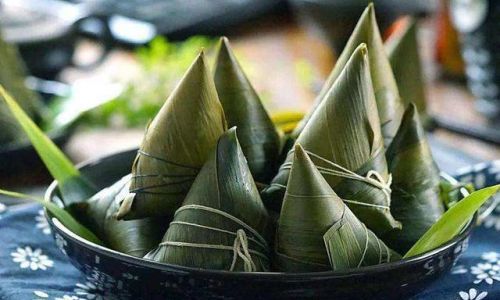
The wrapping technique is also crucial. The bamboo leaves are folded into a cone or other shape, filled with rice and filling, and then sealed to ensure the contents do not leak out during boiling. The sealed zongzi are then tied with string or grass to maintain their shape.
Preparing for Boiling
Once the zongzi are wrapped and ready for cooking, the next step is to prepare the boiling process. Here are some key considerations:
-
Pot Selection: Choose a large, heavy-bottomed pot that can accommodate all the zongzi with enough water to fully submerge them. A heavy pot retains heat better, ensuring a more consistent cooking temperature.
-
Water Quality and Quantity: Use clean, fresh water for boiling. The water level should be high enough to cover the zongzi by at least a couple of inches. This ensures even cooking and prevents the zongzi from sticking to the bottom or sides of the pot.
-
Bringing Water to a Boil: Place the zongzi in the pot and cover them with water. Turn on the gas stove and set it to medium-high heat. Bring the water to a rolling boil before adjusting the heat to maintain a gentle simmer.
Boiling Time: Factors to Consider
The boiling time for zongzi can vary significantly based on several factors, including the size and density of the zongzi, the type of gas stove, and the initial temperature of the water. Here’s a closer look at these factors and how they affect the cooking time:
-
Size and Density: Larger zongzi with denser fillings will take longer to cook than smaller, lighter ones. The thicker the bamboo leaves and the more compact the rice, the longer it will take for the heat to penetrate and cook the contents evenly.
-
Gas Stove Type: Different gas stoves provide varying levels of heat output. Modern, high-efficiency stoves may heat up faster and maintain a more consistent temperature than older models. Additionally, the size of the burner relative to the pot can affect heat distribution.

-
Initial Water Temperature: Starting with hot or boiling water can reduce the overall cooking time compared to starting with cold water. However, it’s important to note that bringing the water to a boil initially can help sanitize the pot and zongzi, reducing the risk of contamination.
-
Altitude and Climate: While less significant, altitude and climate can subtly affect boiling times. Higher altitudes typically have lower atmospheric pressure, which can affect water’s boiling point and evaporation rate. Humidity levels can also impact how quickly water comes to a boil and how much it evaporates during cooking.
Estimating Boiling Time
Given the variability in factors, providing a definitive boiling time for zongzi is challenging. However, a general guideline can be established based on average conditions and typical zongzi sizes.
For medium-sized zongzi with standard fillings, boiling on a medium-low gas stove setting can take anywhere from 2 to 4 hours. This estimate assumes that the water is brought to a boil before reducing the heat to a simmer. Smaller zongzi may take less time, while larger ones could require more.
It’s important to note that the boiling time is not an exact science. The best way to determine if the zongzi are cooked is to check their doneness. This can be done by carefully removing one zongzi from the pot (using tongs or a slotted spoon to avoid burning yourself) and allowing it to cool slightly. Peel away a small section of the bamboo leaf and taste the rice. It should be tender and cooked through, with no raw or crunchy bits remaining.
Tips for Perfect Zongzi
Achieving perfectly cooked zongzi involves more than just monitoring the boiling time. Here are some tips to ensure your zongzi turn out delicious:
-
Soak the Rice: Soaking the glutinous rice for at least 4 hours (preferably overnight) helps it absorb water and soften, making it easier to cook evenly.
-
Use Fresh Bamboo Leaves: Fresh bamboo leaves add a delightful aroma and texture to the zongzi. If fresh leaves are not available, dried ones can be used, but they may require soaking to soften before wrapping.
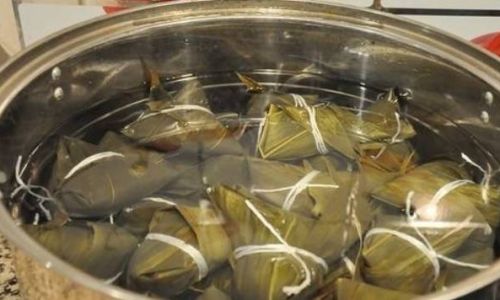
-
Seal Tightly: Ensure the zongzi are tightly sealed to prevent leakage. This helps retain flavors and ensures the rice cooks evenly.
-
Add Flavorings: For added depth, consider boiling the zongzi in water infused with pandan leaves, rock sugar, or other aromatic ingredients.
-
Check for Doneness: As mentioned earlier, the best way to determine if the zongzi are cooked is to taste a small sample. Be cautious when handling hot zongzi and use appropriate utensils to avoid burns.
-
Resting Time: Once cooked, allow the zongzi to rest in the hot water for about 10-15 minutes before removing them. This helps them firm up slightly and makes them easier to handle.
Conclusion
Boiling zongzi using a gas stove is a traditional method that combines the art of culinary craftsmanship with the science of heat transfer. While the exact boiling time can vary based on multiple factors, understanding these variables and following best practices can help ensure perfectly cooked zongzi. From soaking the rice to sealing the bamboo leaves tightly and checking for doneness, each step plays a crucial role in the final outcome.
As you prepare for your next Dragon Boat Festival celebration, embrace the tradition of boiling zongzi and enjoy the process of creating this delicious and culturally significant dish. Whether you’re a seasoned chef or a novice cook, the joy of sharing homemade zongzi with family and friends is a timeless tradition that connects us to our cultural heritage. So, gather your ingredients, turn on your gas stove, and embark on a culinary journey that spans generations and brings a touch of tradition to your kitchen.
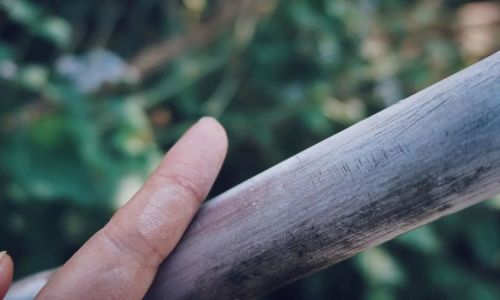

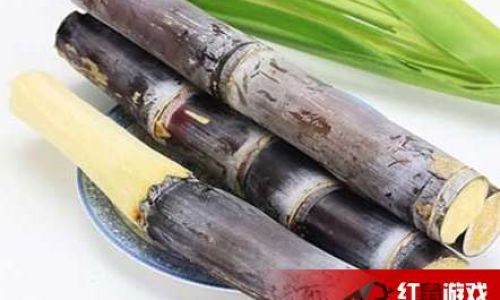
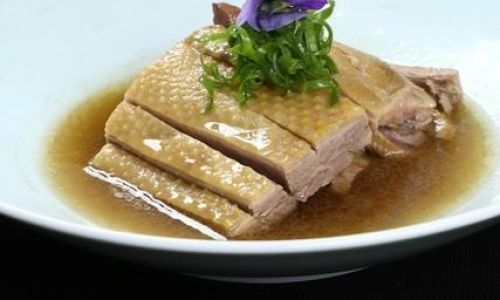
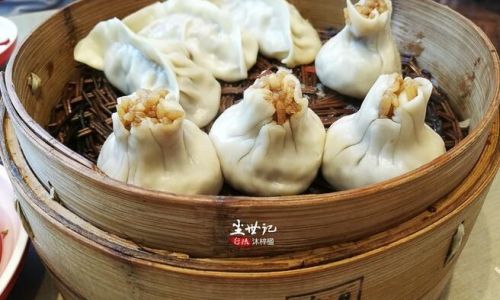
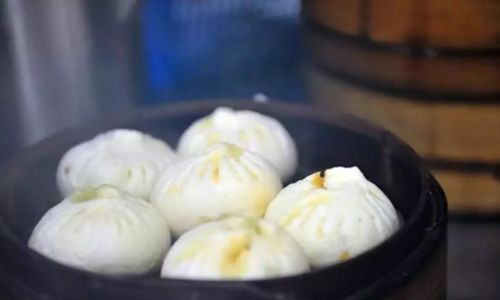
0 comments